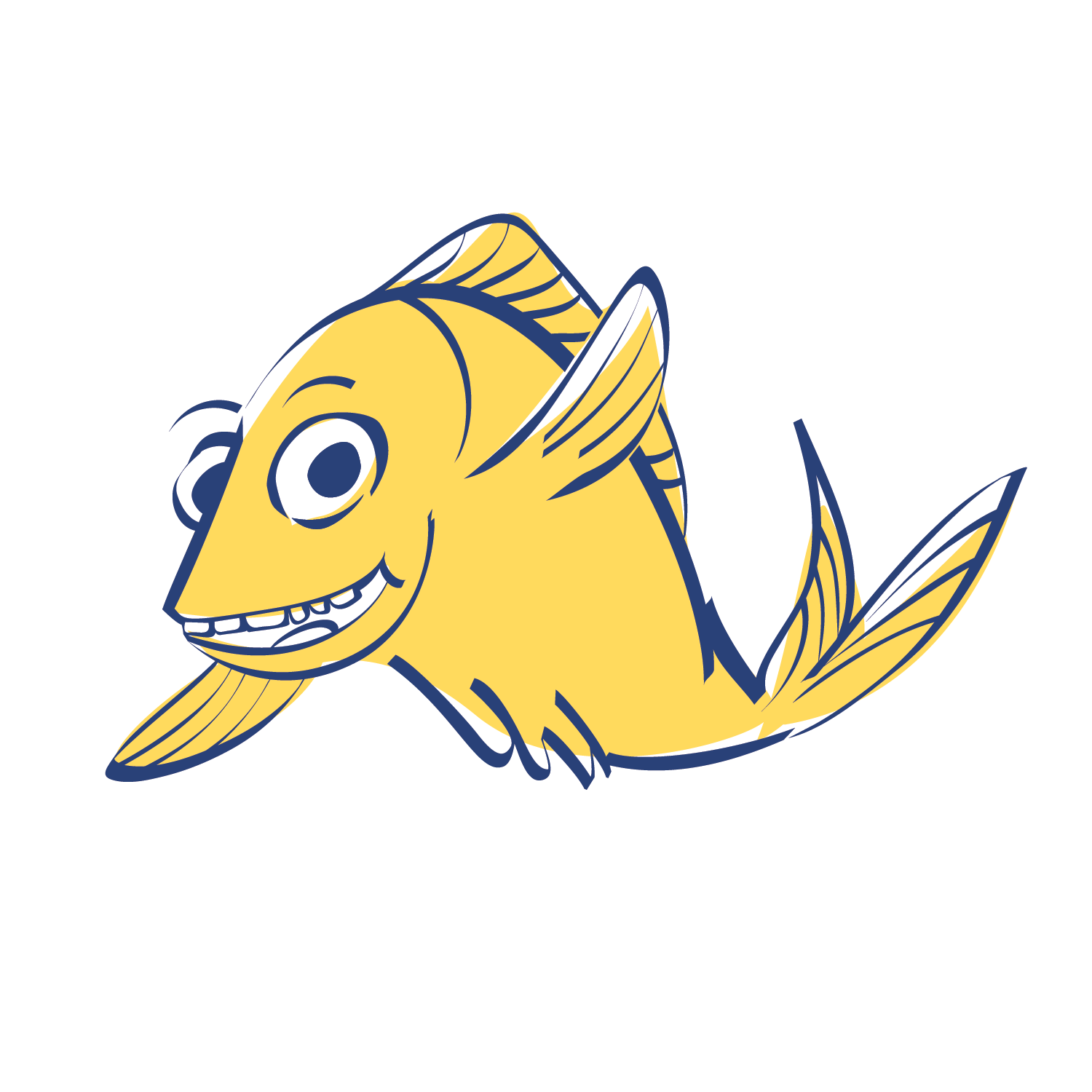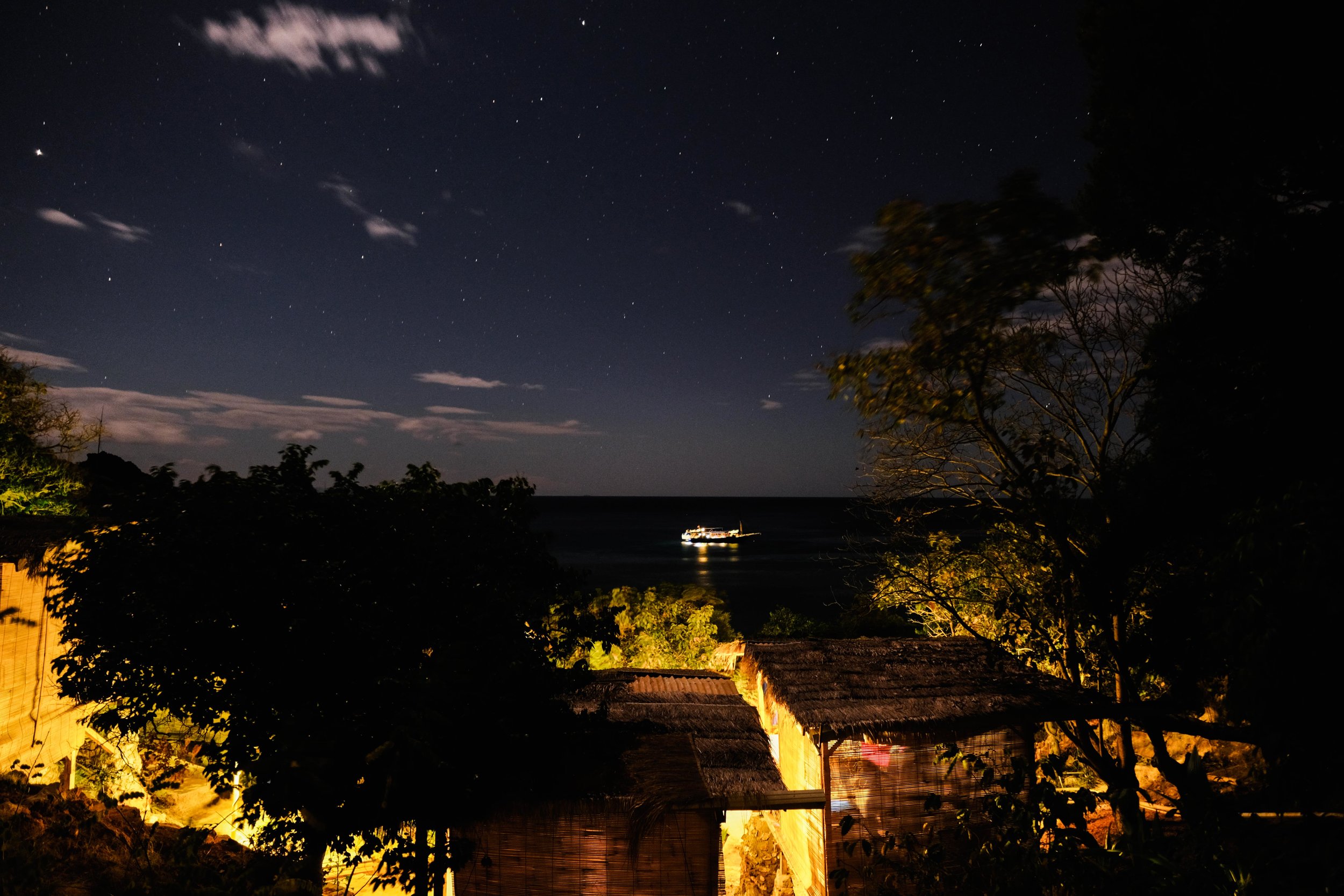The Eco Pirates of Flores
By Marc Nair, 17 September 2017
Komodo National Park, located two hours off the port of Labuan Bajo on the island of Flores, is home to the mythical and awe-inspiring komodo dragon. People come from all over the world for a glimpse of the closest living relative we have to the dinosaurs. Getting there, though, is an adventure all of its own.
The port of Labuan Bajo in early morning light
Port of Call
Labuan Bajo, on the western tip of Flores, is the jumping off point for trips out to the national park. It is a small, but rapidly expanding town. There are plans to build a mall or two within the next year, and large chain hotels are already sniffing around. Right now, flights are only from Denpasar or Jakarta, but direct routes from Singapore and even Perth are reputed to be in the offing, which will definitely sway some tourists away from the hot mess that is Bali.
The port dominates Labuan Bajo. It is an important port-of-call for sailors plying the trade along the Flores Sea. When we were there, the weekly ferry to Makassar was just about to leave. For many people, travelling by sea is still the only way to get to other islands, as air travel remains prohibitively expensive. Walk away from the heaving main strip to find the local kampong (village), stubbornly persisting against a miasma of guesthouses and Western-oriented restaurants.
While the village and the waterfront away from the port remains slow and picturesque, every other shop along the main drag is a buzzing dive centre or some kind of tour agency promising everything from day trips to view the sunset in Padar to week-long live-aboard boat tours. Prices run the gamut from $30 USD for a day trip on a rough-and-tumble boat to about $5,000 USD for a private honeymoon yacht complete with a butler and a chef.
Private charter boats offer a one-of-a-kind experience, but come with a hefty price tag.
Diving into Paradise
Our cosy group of 10 received a warm welcome from Mikel and Berto, who were to be our Flores XP guides on this trip. There was a whole list of things to note when on the boat, but it was all par for the course. I don’t have a fantastic track record on boats, and I must say I turned green a couple of times when we hit big waves or were simply buffeted by strong winds.
Part of the crew on board the MV Salacia. From left to right, Kapitan, Berto and Mikel.
However, the views more than made up for it. We passed a series of small islands and began our adventure with a lovely snorkel out at Kanawa Island, which, according to Mikel, is an easy, scenic dive spot. An ideal stop to ease people into the tour.
The view from Kanawa Island
Our 3D2N itinerary involved a healthy mix of snorkeling or diving along with two visits to see the komodo dragons on two different islands. Most tours are a mix-and-match of a similar itinerary. What Flores XP does differently is that they have their very own private island just outside the national park where guests can spend the night.
Sebayur Island, our home for two nights.
Pirates Hideout
It felt like something out of a movie, as we boarded the speedboat and motored our way toward a cluster of huts that rose up out of the rock. This was the pirate’s lair, with cold beers and running water to boot. Rum was BYO, but Bintang proved more than sufficient.
Top left: The huts rise up the slope from the beach at Sebayur Island.
Top right: Most of these pots contain lemongrass and citronella, natural deterrents for mosquitos.
Bottom left: The huts are twin-sharing, and very basic. But they're comfortable, and sure beat sleeping in a tent, or even on a boat.
Bottom right: The view from our hut at night.
Flores XP rents two narrow beaches from a local family. On one, they erected a restaurant while the other houses 12 lodges built from scratch. Each one is built on stilts, neatly avoiding large rocks that dot the terrain. The elevated huts also deter possible incursions by mountain goats. The huts are spartan, yet comfortable, and are entirely in keeping with the green ethos of the island. But Flores XP are more than just green in name. They’re committed to living out an eco-philosophy of renewable resources.
Everything is powered by solar panels, shower water is reused and we were given a water bottle to use when we first started the tour. Needless to say, plastic is absolutely frowned upon. Power to charge our phones only came on when the sun set, but before that, we were more than encouraged to climb the hill that rose steeply behind for the soothing view.
Photograph by Meysam Mehipoor
Here Be Dragons
On day two, we finally touched the ground at Loh Liang on Komodo Island. There are about 3,300 komodo dragons spread over five islands, most of them clustered on Komodo and Rinca. Nobody is allowed to walk on the island without a guide, as the dragons have been known to attack inquisitive humans who get to close. In fact, the villagers that live on the island have to pour cement over dead bodies; otherwise they’ll get dug up and eaten by the dragons.
The locals have a unique relationship with the dragons. Much of it is founded in lore (see notes for the origin story), but the tourism that revolves around the dragons does help them to sustain a very difficult life on the island. It’s a dry, arid landscape, and drinking water has to be shipped over from Labuan Bajo. Not much can grow in the ground other than prehistoric looking vegetation, and most of the locals can only make a living from fishing.
After just a few minutes of walking we spot a dragon. A large male specimen, it is hanging out near a watering hole, facing the other way, waiting nonchalantly for an unsuspecting wild boar or buffalo to come along. Over the next two days, we saw another seven or so dragons, all of them near buildings or habited areas. The dragons are mostly lured by the smell of cooked food. So to see our first dragon out in its ‘natural’ element was a treat indeed.
They are fearsome creatures, with forked tongues and a malicious intent in their claws in the way they shuffle forward, one armoured claw in front of the other. They can reach speeds of up to 20km/h, and have an incredible sense of smell, being able to pick up the scent of prey from up to 10km away.
We did not see a dragon fight, have a meal or reproduce, but we did see the dragons, and according to our guide, they have evolved and decreased in size over millions of years.
Komodo dragon fossils found in Australia that date back a couple of million years peg their size at about 9m, and the biggest one we saw was around 3.5m.
Baby dragons, though, are only 30cm in length when they’re born. And mothers have an annoying proclivity to eat their young, so babies burst running out from their swan-like eggs and make a beeline for the trees, where they’ll live for two or three years, feeding on geckos and small insects.
Perhaps it is well and good that they are confined to a few islands. I would not want to encounter a dragon waiting for me on the roof of the boat as I cracked open a beer at the end of the day.
Life in the Aquarium
We explored only a fraction of the national park on our trip. The map above, designed by Lara Loi, who went on the trip with Mackerel, shows our route over the three days. Unfortunately, we developed some engine trouble on the last day, and that, coupled with rough seas, meant we were unable to dive to see the famed manta rays. Bobbing around, temporarily adrift while we waited for a battery to arrive from Labuan Bajo, it was a necessary reminder that the sea has its own itinerary and the dots aren’t always mapped.
So while we waited I asked Mikel, operations manager of Flores XP and partner in the company, what drew him to Flores.
“It's still wild, and I love wildlife. My background is in electronic engineering, but my passion is nature. I was snorkelling and free-diving by 14. I saved for a year to have an aquarium in my house. And now, I live in an aquarium.”
A sample of some of the incredibly diverse marine life to be found under the water.
Flores XP has 35 employees in the high season. Starting with land tours, they realised that the torrid road conditions on the mainland were a barrier to developing more comprehensive tours, so they focused on sea-going tours. And Mikel notes that despite 80% of tourists coming only for the Komodo tours, they are also staying longer, between 3 to 6 days instead of just a quick two-day trip. April-May or October-November are the best times to visit.
Photographs from Rinca and Komodo Island. The dragons roam freely, so humans have to stick to the trails!































